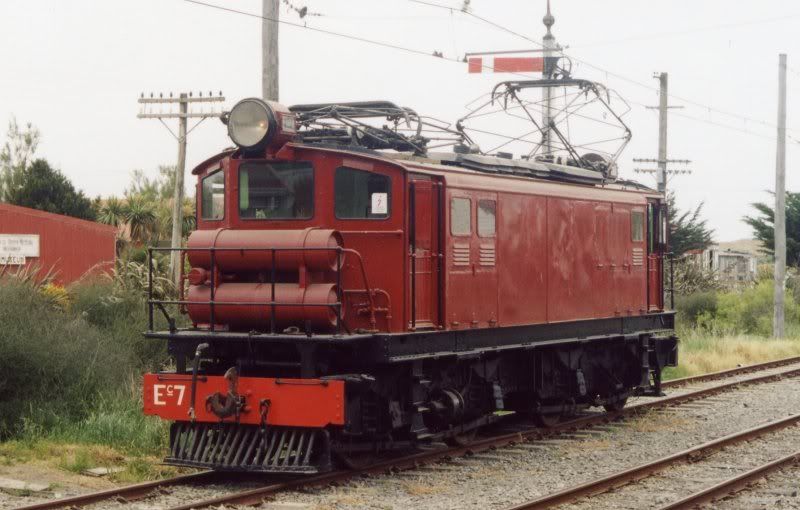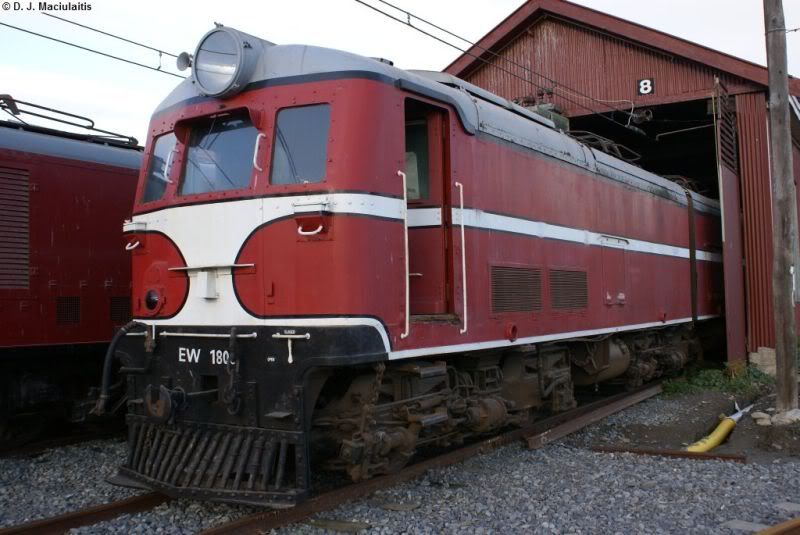1915 era "Kliegl Brothers" (New York) Followspot restoration
Background: As well as working as a technician at the local Massey University, I spent about 30 years "moonlighting" as a professional Followspot Operator and movie projectionist assistant in theatres in my home town of Palmerston North. This financed the complete ground up rebuild and restoration of my Jowett Jupiter (without the children having to go without too much food and my wife without getting a new dress from the "op shop" at least every year!). Also a Javelin was done up (I presently have a Bradford well on it's way to restoration in my car shed too, but my health deterioration has bought that to a halt for the last few years!)
At the moment I'm amusing myself by doing a restoration job on a 1915 era "Kliegl Brothers" Followspot that was "rescued" from going to the dump by a good Samaritan when the Palmerston North Opera House (built 1904) was demolished in 1996. Eventually it's going to reside near to the "new" ones in the projection box of refurbished and restored "The Regent on Broadway" so as to show a "before and after" to the folk on the conducted tours that are offered to the public occasionally. The aim of the restoration is just that . . . . a restoration. I intend to clean it up, do a paint job on the outside, but leave most of the interior "as found".
No doubt you, like me, will be aghast at the classy wiring of this "up to the minute" bit of theatrical gear . . . the present Occupational Safety and Health people here in NZ would flip! The electrical insulation is achieved by not very thick layers of thin, brittle Mica. The arc was produced by 240 Volt DC generated on the premises by a belt driven dynamo powered by a town supply coal gas, single cylinder engine (I think it was a single . . . I was a young tacker when I saw it and didn't take much notice, I guess!). The engine room was way out the back of the theatre to reduce its noise and doubled as the Crew Room where the "backstage boys" had their cups of tea in filthy mugs. Originally the wire connection to the arc lamps at the lighting positions was achieved by a couple of exposed copper (or maybe they were brass?) bolts with wing nuts protruding through what appeared to be a wooden block mounted on the brick wall! they were still there (but disconnected of course, until the Theatre was demolished) Oh, how I wish I had photographed all this now historical stuff!!!
Looking at the images: There's a peephole which can be seen as the small dark hole, in the first image (with the side opened up). This was used to allow the operator to peer into the lamp so as to keep the carbon arc "flame" in the optimum position and the carbon rod's gap just right so as to give the best light and to keep this maintained by manipulating a knob under the lamphousing. The wooden knob is attached to the adjusting mechanism. The carbons eroded away as the arc burned, of course. You can see how inefficient the light source was . . just look at the burned paint! No wonder the operators were known for drinking lots of beer! The spot size on stage was controlled by another knob on the rod that protudes out the back. This allowed the operator to slide the whole assembly back and forth in relation to the simple plano/convex lens* (in existence, but cracked and presently safely on the bench . . . missing in the pictures).
All this (and more . . . colour changes and reading a cue sheet for instance) at the same time as not being able to glance away from the actor that is supposed to be kept constantly centred in a pool of light . . . .

The Right Side With the Access Door Open

The Carbon Rod Holders and the Adjusting Mechanism

From the Kliegl Brothers Lighting Catalogue
*http://en.wikipedia.org/wiki/Lens_(optics)



